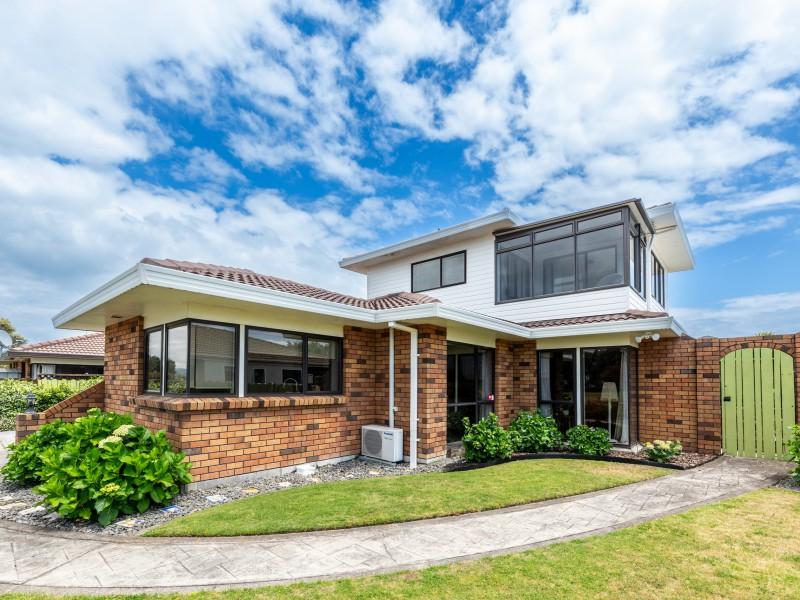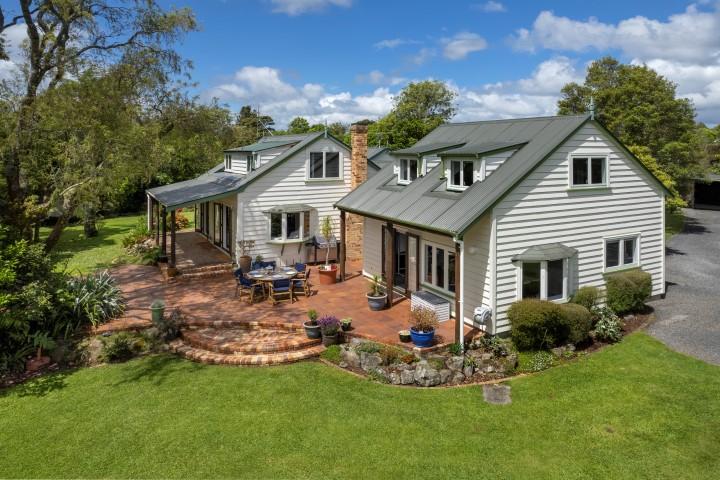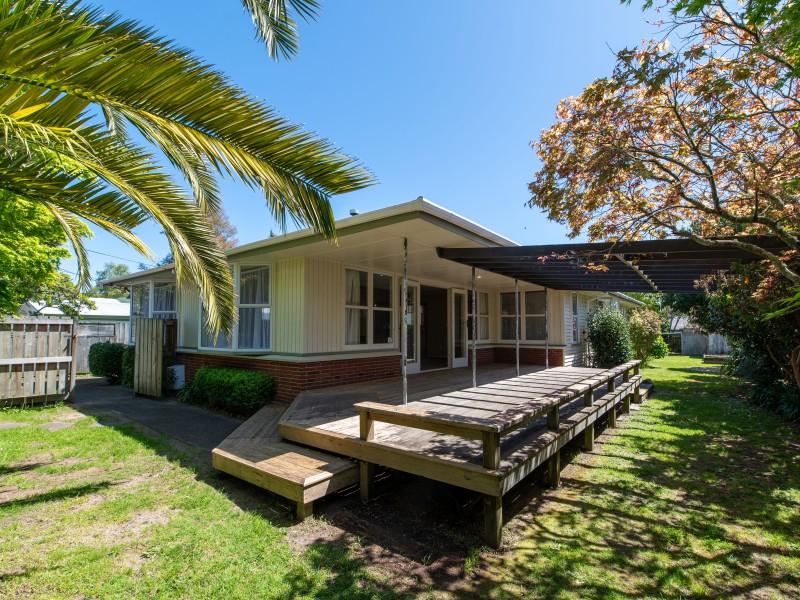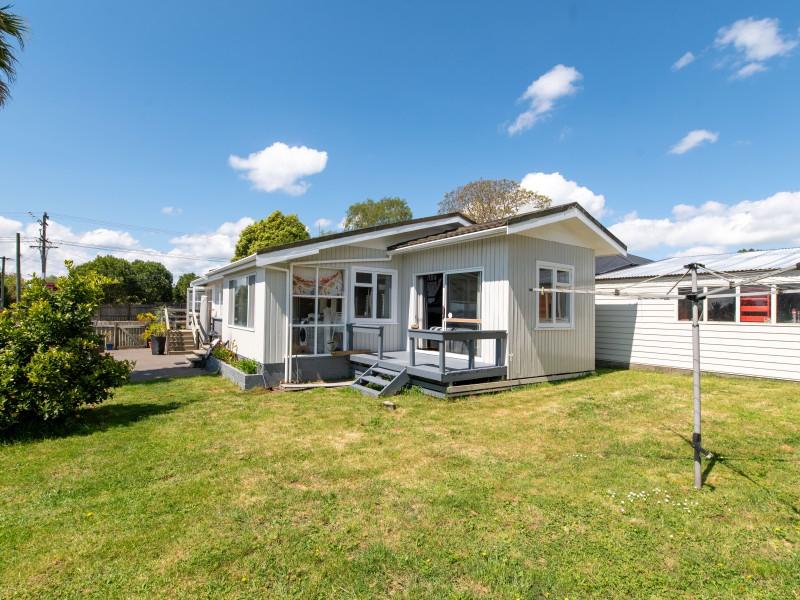An interior designer shares the top 5 golden rules for bedroom design
Bedrooms equal sleep. It follows that they should be a place of tranquility, somewhere to calm yourself after a day of sensory overload. Except it’s not always so cut and dried, particularly because many of us also use our bedroom as a refuge and place to be alone, a personal space in which to watch Netflix or even a study for an upcoming exam. So, follow your heart and create a bedroom that brings your dreams alive in the daytime as well as at night.
We would just say, pay attention to the mattress and the bed. Make sure they’re comfortable and, because they will undoubtedly be the focus of the room, choose your headboard and bedding with care. You will also need a degree of functionality about the room, so ensure that the wardrobe space is sufficient for your needs, that the curtains or blinds provide as much darkness as you need to sleep and that your lighting is suitably ambient but still good enough to allow you to read a book without eye strain.
1. Bedheads are essential
Whether you’re designing a child’s room or main bedroom, a feature bedhead is non-negotiable. It not only helps anchor the bed, but also makes the room feel complete. Think round, oblong, wall-to-wall, velvet, rattan, linen, custom-made timber – the options are endless. With lots of companies now making custom bedheads in New Zealand there are options to suit every room and taste. In a child’s room you can even use paint to create a bedhead – paint a shape on the wall behind the bed or paint the lower half of the room a different colour from the upper half.
2. Focus on lighting
Lighting is one of the most important accessories in any home and an easy way to create the wow factor – think of it like jewellery for a room. In bedrooms, pendant lights are ideal if the ceilings are high enough. In the main bedroom a pendant should be positioned above the foot of the bed, in the centre, so it’s out of the way of the room’s open space. Bedside lights can be used to create ambience at night. If you’re renovating or building, consider hanging a pendant or positioning a wall light above each bedside table. The light switch should line up vertically with the lights and sit 700mm from the floor so it’s higher than all bedside tables. Power points should also align with the lights, sitting just above the skirting board.
3. Always consider proportion
For a bedroom to work you need to think about proportion. Balance is created when all aspects of a room are in proportion with one another, so if your bed looks too big or your bedside tables look too small, they probably are. When you’re laying out your room, check the size of the bed – draw it on the wall or floor if you can. If your child’s bedroom is big, don’t push the single bed right into the corner. Leaving even a small amount of space (200mm) between the bed and an adjacent wall will allow you to make the bed more easily, as well as helping the room look in proportion, as your eye can drop behind the bed rather than hitting the wall and running up.
Keep reading: www.curtainclean.co.nz...
Poll: Should all neighbours have to contribute to improvements?
An Auckland court has ruled a woman doesn’t have to contribute towards the cost of fixing a driveway she shares with 10 neighbours.
When thinking about fences, driveways or tree felling, for example, do you think all neighbours should have to pay if the improvements directly benefit them?

-
82.5% Yes
-
14.8% No
-
2.8% Other - I'll share below
Riddle Alert! Who’s Up for Some Brain-Busting Fun?
4-letter word, always done tomorrow,
We’re out of tea, the ultimate sorrow!
Without the eye, you owe me some money,
No sugar no nectar no sweetness no honey,
4-letter word, if by chance you choose,
You can never win, you can only lose!
What is the 4-letter word?
Do you think you know the answer to our daily riddle? Don't spoil it for your neighbours! Simply 'Like' this post and we'll post the answer in the comments below at 2pm.
Want to stop seeing riddles in your newsfeed?
Head here and hover on the Following button on the top right of the page (and it will show Unfollow) and then click it. If it is giving you the option to Follow, then you've successfully unfollowed the Riddles page.

Live Q&A: Garden maintenance with Crewcut
This Wednesday, we're having another Neighbourly Q&A session. This time with John Bracewell from Crewcut.
John Bracewell, former Black Caps coach turned Franchisee Development Manager and currently the face of Crewcut’s #Movember campaign, knows a thing or two about keeping the grass looking sharp—whether it’s on a cricket pitch or in your backyard!
As a seasoned Crewcut franchisee, John is excited to answer your lawn and gardening questions. After years of perfecting the greens on the field, he's ready to share tips on how to knock your garden out of the park. Let's just say he’s as passionate about lush lawns as he is about a good game of cricket!
John is happy to answer questions about lawn mowing, tree/hedge trimming, tidying your garden, ride on mowing, you name it! He'll be online on Wednesday, 27th of November to answer them all.
Share your question below now ⬇️







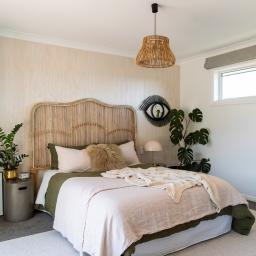
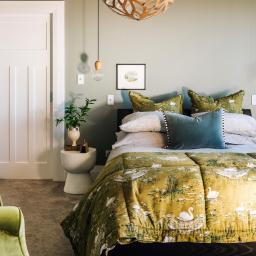
 Loading…
Loading…